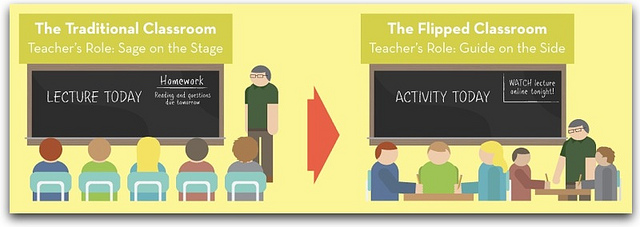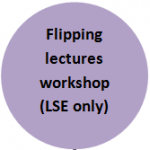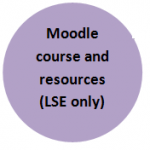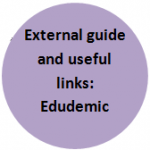What is a flipped classroom ?
The flipped classroom is a pedagogical model in which the typical lecture and homework elements of a course are reversed. Short video lectures are viewed by students at home before the class session, while in-class time is devoted to exercises, projects, or discussions – 7 Things You Should Know About… Flipped Classrooms from Educause.
There are many possibilities in terms of resources, activities and organisation when flipping a lecture. You’ll find below some useful information about this approach drawing on the results of a study made at LTI.
What are the advantages?
The flipped lecture model is a learner- rather than teacher-centred approach: students take ownership of their own learning.
- flexibility: students have the ability to watch lectures according to personal time preferences, and can segment the video, pause or rewind it to check on their understanding. One student also added that being dyslexic, it was easier for her to watch the video before the class to be better prepared.
- engagement: strong connections between pre-class preparation and in-class sessions ensure that students are engaged in both the material and the discussions. They are given more time to discuss and question aspects of the lecture. They become active participants instead of passive listeners.
- peer -learning and collaboration: face-to-face time can be used to work in groups and favours knowledge transfer between learners. Activities can be student-led, and the teacher’s role will be the one of a facilitator.
Other benefits include a greater focus on practical application with more “hands-on” activities and a deeper understanding of theories and concepts thanks to the combination of such activities with key concepts and notions drawn from the recorded lectures.
How to make a successful transition from traditional to flipped learning?
A key aspect observed from flipped lectures is the shift of the role of the lecturer from instructor to facilitator. As more responsibility is given to students, it is essential to ensure that:
- the learning outcomes are made clear
- the material selected is relevant and clearly connected to the class activities
- learners receive clear instructions as to what they need to do when preparing for and participating in face-to-face sessions
This might lead to additional work when preparing the course and also requires facilitation skills such as time-keeping, balancing participation, listening and summarising/rephrasing, etc.










